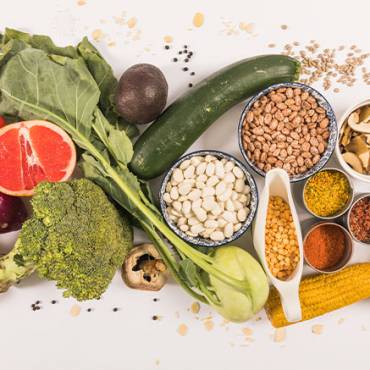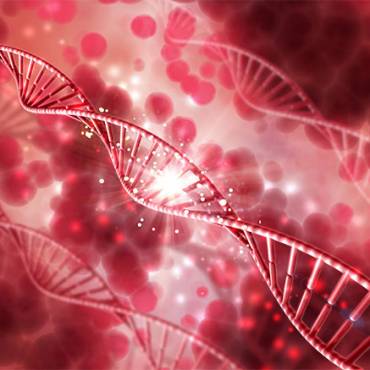The act or habit of eating things that are not food is called pica. It occurs most often in children and pregnant women and is usually a temporary condition. People with pica crave and eat non-food items such as dirt, clay, rocks, paper, ice, crayons, hair, paint chips, chalk, eggshells, and even faeces (poop) of any kind.
The cause of pica can be multifactorial. In some cases, a deficiency in iron, zinc or another nutrient may be associated with pica. People with certain mental health conditions, such as schizophrenia and obsessive-compulsive disorder may develop pica as a coping mechanism. Dieting and malnourishment can both lead to pica. In these cases, eating non-food items may help promote a feeling of fullness.
In children and pregnant women, pica often goes away in a few months without treatment. If a nutritional deficiency is causing pica, treating it should ease the symptoms. But pica can last for years, especially in people who have intellectual disabilities.
Children usually outgrow the pica disorder, especially if they are regularly taught about the difference between edible and non-edible items and objects. If a doctor diagnoses that pica in a child is being caused by nutrient imbalances or deficiency, he/she may prescribe vitamin or mineral supplements. For example, if a child is diagnosed with iron-deficiency anaemia, the doctor may recommend regular administration of iron supplements.
The doctor may also ask for a psychological evaluation to determine if the child has some mental health condition. Depending on the diagnosis, he/she may prescribe medications or therapy, or both. If a person with pica has an intellectual disability or mental health condition, medications for managing behavioural problems may also help reduce or eliminate his/her desire to eat non-food items.
[expand title=References]
- Al Nasser Y, Muco E, Alsaad AJ. Pica. Last Update: June 27, 2022. StatPearls [PMID: 30335275]. Treasure Island (FL): StatPearls Publishing; 2022 Jan. This book is distributed under the terms of the Creative Commons Attribution 4.0 International License (CC BY-NC-ND 4.0) http://creativecommons.org/licenses/by-nc-nd/4.0/. The article has been taken from the (StatPearls), and the content has been modified for its use on the platform. This is attributed to Yasser Al Nasser; Erind Muco; Ali J. Alsaad, and the original version can be found in the link below https://www.ncbi.nlm.nih.gov/books/NBK532242/ , Pica. Last Update: June 27, 2022. StatPearls [PMID: 30335275]. Treasure Island (FL): StatPearls Publishing; 2022 Jan.
[/expand]
Disclaimer: This blog is brought to you by Cipla Limited(“Cipla”) for information and awareness purposes. NOT INTENDED AS A SUBSTITUTE FOR PROFESSIONAL MEDICAL ADVICE. Please consult your doctor healthcare professional before starting any treatment/medicine. Cipla shall not be responsible for the contents of this blog or for any opinions expressed or advice shared herein. Cipla makes no representations with respect to the accuracy, completeness, correctness, suitability, or validity of any information mentioned herein, and shall not be responsible for any direct, indirect, consequential, or other damages arising therefrom. The “CIPLA” mark and logo are the sole intellectual property of Cipla Limited. Image/ Characters shown are only for representation.”






